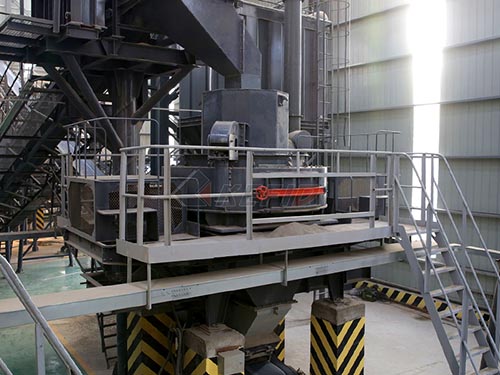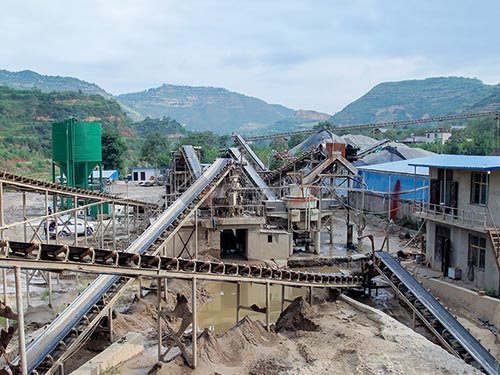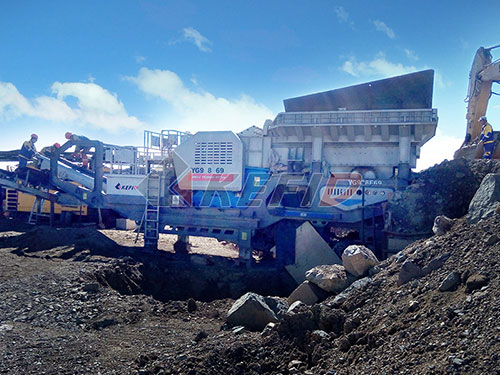The Unyielding Challenge: Crushing Serpentine Rock – Strategies and Solutions for a Demanding Material
Serpentine rock, with its distinctive green hues and often smooth, almost reptilian surface texture, presents a unique and formidable challenge in the world of aggregate production and mineral processing. Its very name evokes toughness, derived from the Latin serpens (serpent), a fitting moniker for a material that can wear down even robust machinery with surprising efficiency. Successfully crushing serpentine requires not just powerful equipment but a deep understanding of its properties and careful selection of technology and operational strategies.
Understanding the Adversary: Properties of Serpentine
To conquer serpentine in the crushing circuit, one must first understand its inherent characteristics:
1. Exceptional Abrasiveness: This is serpentine’s defining trait in crushing contexts. Primarily composed of hydrated magnesium silicate minerals like antigorite, lizardite, and chrysotile (asbestos-form), its fibrous or platy structure creates microscopic edges that act like countless tiny files against crusher liners and wear parts.

2. Variable Hardness: While generally considered moderately hard on the Mohs scale (around 3-5), serpentine’s hardness can vary significantly depending on its specific mineral composition and degree of alteration or weathering.
3. Toughness: Beyond simple hardness, serpentine possesses considerable toughness – its resistance to fracturing under impact or pressure. This means it absorbs energy rather than readily breaking apart.
4. Moisture Sensitivity: Some serpentines can be relatively soft when quarried wet but harden significantly upon drying (“case hardening”). Conversely, certain weathered varieties might contain clay minerals leading to sticky behavior when damp.
5. Potential Presence of Asbestos: While regulations strictly control handling asbestos-bearing chrysotile serpentinite (“asbestos rock”), awareness is crucial due to health implications during extraction and processing.
6. Variable Structure: It can range from massive blocks to highly sheared or fractured formations within a single deposit.
These properties combine to make serpentine one of the most demanding feed materials for any crushing plant.

The Arsenal: Selecting Crushers for Serpentine
No single crusher type reigns supreme universally; selection hinges on feed size, required product size distribution (gradation), capacity needs, moisture content, and capital/operating cost considerations.
1. Primary Crushing – Jaw Crushers:
Role: Reducing large run-of-mine (ROM) blocks

Leave a Reply